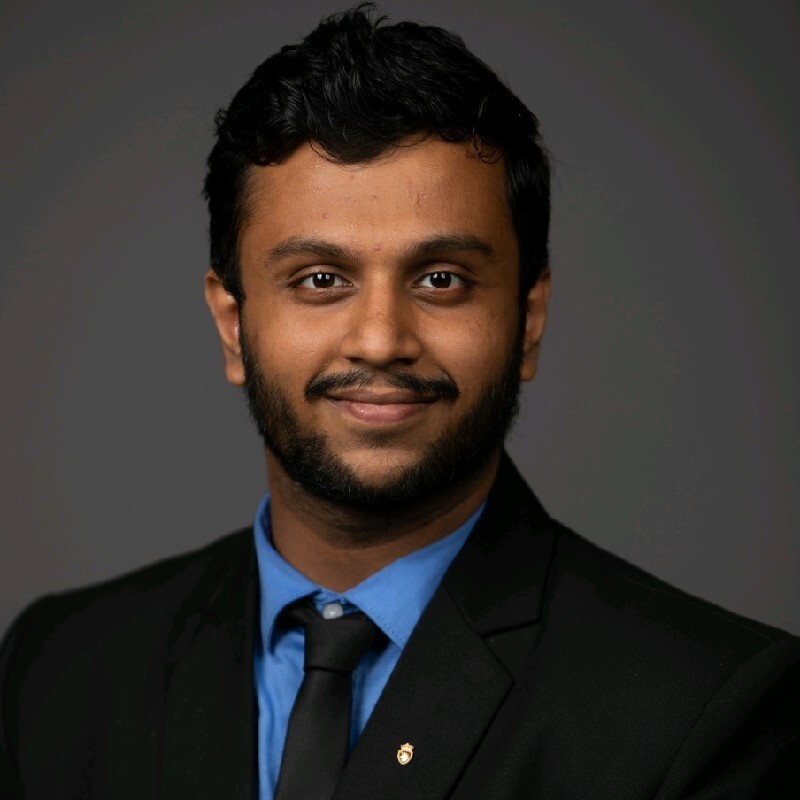
|
| News | Experience | Publication | Projects | |
|
I am Amogh Dabholkar, an MS student at Georgia Tech (Graduating in May 2023) and my focus is in the domain of Deep Learning. I completed my undergraduate degree at BITS, Pilani where I majored in Electronics and Instrumentation Engineering. I am interested in the intersection of Deep Learning and Computer Vision. More recently, I have also been exploring the new verticals like Adversarial attacks as well as Model Compression Techniques like Quantization and Pruning. During my time at Ambarella Inc. during Summer 2022, I worked on implementing the RigL algorithm proposed by Google Brain and implementing it in TF2-Keras. I was working out of their office in Santa Clara, CA under the supervision of Sandeep Mohan and Santosh Chilkunda. At Georgia Tech, I worked with Prof Hyesoon Kim on compression of Recommendation Systems in Spring 2022. In the past, I worked at DeepEdge on building a semantic segmentation model using Mask RCNN for a Silicon Valley based client. In the preceeding summer, I interned at Vidyaroha Innovations where I helped them build an end-to-end facial recognition pipeline. Simultaneously, I was also pursuing a summer term at Carnegie Mellon University on a scholarship, where I studied graduate level Machine Learning and Image Processing courses. In my final year of undergrad, I spent six wonderful months with Prof Patricio Vela at Georgia Tech working on building a supervised learning solution for estimating Control Barrier Functions (CBFs). This work with Dr. Vela resulted in a publication at IROS 2020. Check out this seminar by Dr. Vela for more details about this work. I am an ardent Football Club Barcelona fan and try to watch every game. I enjoy reading books a lot. Some of my favorite authors are Fredrik Backman and Sidney Sheldon. I have recently taken a liking towards Vietnamese food so hit me up with restaurant suggestions! Feel free to check out my CV and drop me an e-mail if you want to chat with me! |
|
[May'23] |
Graduating with MS in ECE from Georgia Tech |
|
[Aug'22] |
Returned to Georgia Tech |
|
[May'22] |
Started working at Ambarella Inc. as a Deep Learning Intern. |
|
[Aug'21] |
Started MS in ECE at Georgia Tech |
|
[May'21] |
Last day at DeepEdge as a Deep Learning Engineer |
|
[Nov'20] |
Started working with DeepEdge as a Deep Learning Engineer |
|
[Aug'20] |
Started working with DreamVu as a Computer Vision Research Fellow |
|
[Aug'20] |
Completed CMU Summer 2020 term (ECE 18-661 and ECE 18-793) |
|
[July'20] |
Graduated From BITS Pilani |
|
[May'20] |
Started CMU Summer 2020 term |
|
[May'20] |
Started working as Machine Learning Intern at Vidyaroha Innovations |
|
[Jan'20] |
Returned to BITS Pilani for Final Semester |
|
[Aug'19] |
Started working with Prof. Patricio Vela at Georgia Tech in Atlanta for my bachelor's thesis |
|
[Aug'18] |
Returned to BITS Pilani for Junior Year |
|
[May'18] |
Started working at LVPEI Center for Innovation as Summer Intern |
|
[Aug'16] |
Started undergraduate at BITS Pilani |

|
May '22 - August '22 Improved the Neural Network Compression toolkit by implementing RigL and adapting the implementation to work for TF2-Keras. Added key features to the algorithm which aided the accuracy recovery process after pruning. |

|
January '22 - present Working with Andrei Bersatti at HpArch under the Department of Electrical and Computer Engineering at Georgia Tech on compression techniques for Recommendation Systems. |

|
January '22 - present Working under the supervision of Prof. Zsolt Kira as a Teaching Assistant for the on-campus version of CS7643/4644 Deep Learning for Spring 22 semester. |

|
Nov '20 - May '21 Worked on solving a semantic segmentation problem using Tensorflow2 for unconventional object classes with necessary preprocessing and refinement of predicted masks using OpenCV. Also built an auto-annotation pipeline for the company. |
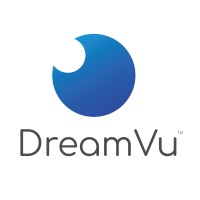
|
August '20 - October '20 Worked on deploying EfficientDet for custom object detection on panoramas captured by PAL -- world's first 360 stereo and depth sensor |
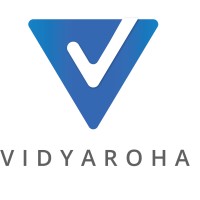
|
September '20 - June '21 Built an end-to-end Facial Recognition Pipeline using the PyTorch achieving a f1 score of 47.3 on a small dataset with picture quality on the lower end |

|
Aug '19 - Dec '19 Worked with Prof Patricio Vela at the IVA Lab in Department of Electrical and Computer Engineering at Georgia Tech. We developed a supervised machine learning approach for estimating Control Barrier Functions and the work ws published in IROS 2020. |

|
May '18 - July '18 Improved battery system so that it could be charged and used at the same time and to display the remaining battery. Designed the main PCB using AutoCAD Eagle. |
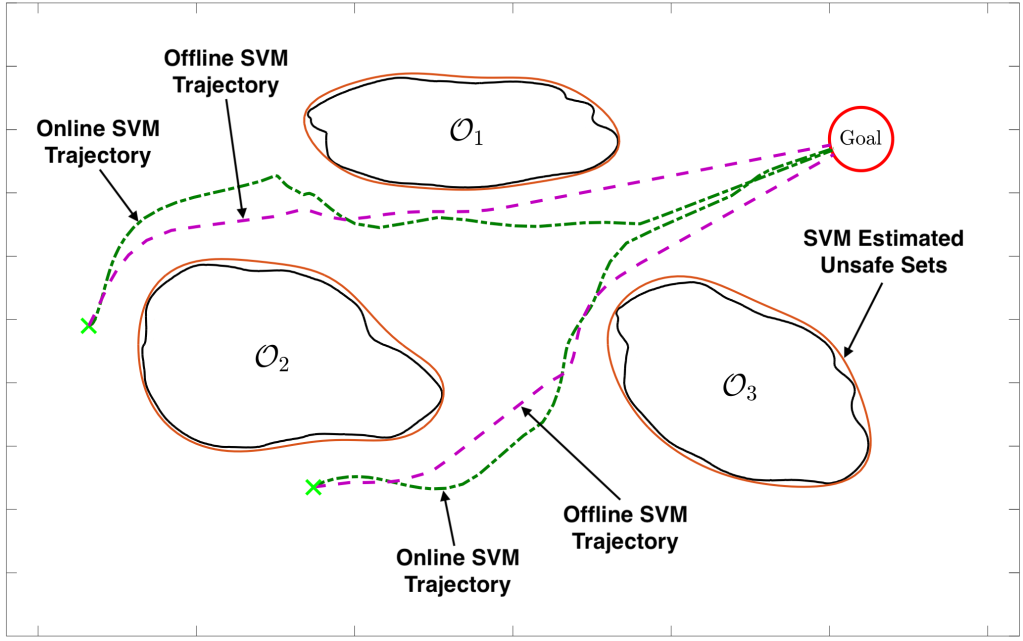
|
Mohit Srinivasan, Amogh Dabholkar, Samuel Coogan, Patricio A. Vela. IROS 2020 Cite as - M. Srinivasan, A. Dabholkar, S. Coogan and P. A. Vela, "Synthesis of Control Barrier Functions Using a Supervised Machine Learning Approach" 2020 IEEE/RSJ International Conference on Intelligent Robots and Systems (IROS), 2020, pp. 7139-7145, doi: 10.1109/IROS45743.2020.9341190.
|
|
|
|

|
|
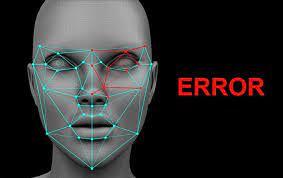
|
|
This website is a modification of Jon Barron's website and Priyal Chhatrapati's website. Find the source code to my website here.